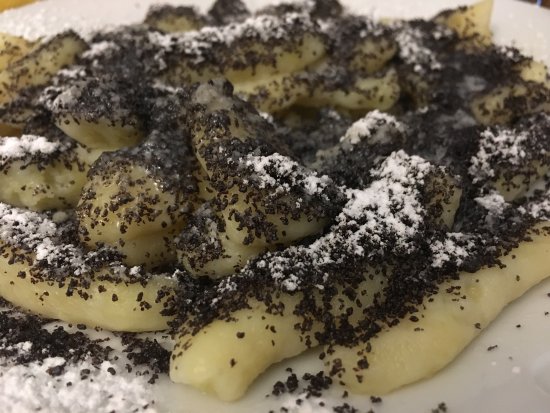Traditional food preservation in Slovakia
Slovakia is a country in Central Europe with a robust agricultural system and a rich tradition of food preservation. The harsh winters in Slovakia meant that people had to find ways to store food for long periods without spoiling. This led to the development of various traditional methods of food preservation using techniques such as smoking, salting, fermentation, drying, dehydration, pickling, and canning.
Smoking and salting techniques
Smoking and salting are two of the most common traditional methods of preserving food in Slovakia. These techniques involve treating meats, fish, and other foods with salt and then smoking them to extend their shelf life. The salt draws out moisture from the food, which makes it less hospitable to bacteria that can cause spoilage. Smoking, on the other hand, imparts a unique flavor and aroma to the food while also adding an additional layer of preservation. Traditional Slovak smoked meats include ham, bacon, sausage, and fish.
Fermentation methods
Fermentation is another traditional method of food preservation in Slovakia. It involves the use of beneficial microorganisms like bacteria, yeasts, and molds to break down the sugars and starches in food, which results in the production of lactic acid and other organic acids. This creates an acidic environment that helps to preserve the food and inhibit the growth of harmful bacteria. Fermented foods like sauerkraut, pickles, and kvass (a fermented drink made from bread) are staples in Slovak cuisine and are enjoyed year-round.
Drying and dehydration methods
Drying and dehydration are some of the oldest forms of food preservation and are still widely practiced in Slovakia today. These techniques involve removing the moisture from fruits, vegetables, and meat to prevent bacterial growth and spoilage. One popular Slovak dried meat is called “špekáčky,” which is a type of sausage that is hung to dry for several weeks. Other traditional Slovak dehydrated foods include dried fruits, mushrooms, and peppers, which can be stored for months without spoiling.
Pickling and canning techniques
Pickling and canning are two other traditional methods of food preservation in Slovakia. Pickling involves soaking vegetables or fruits in vinegar or a brine solution to create an acidic environment that inhibits bacterial growth. Canning, on the other hand, involves sealing food in a container and then heating it to kill any bacteria or other microorganisms. Popular Slovak pickled foods include cucumbers, peppers, and beets, while canned items include jams, jellies, and preserved fruits.
Conclusion: Importance of preserving traditional methods
The traditional methods of food preservation in Slovakia are an important part of the country’s culture and culinary heritage. These techniques have been passed down through generations and continue to be used today to preserve the flavors and textures of traditional Slovak foods. As the world becomes more industrialized and reliant on modern preservation methods, it is essential to remember and preserve these traditional methods to ensure the continued availability of traditional Slovak foods and to support local farmers and small businesses.

